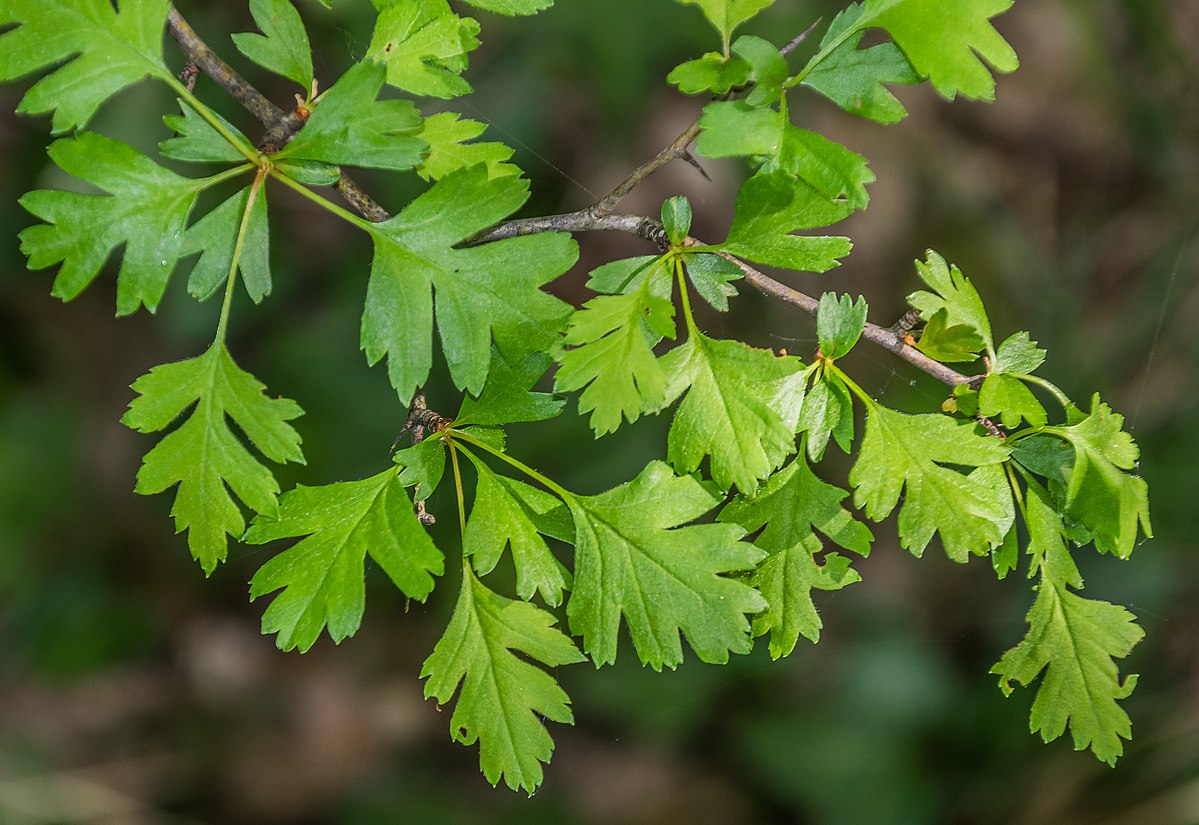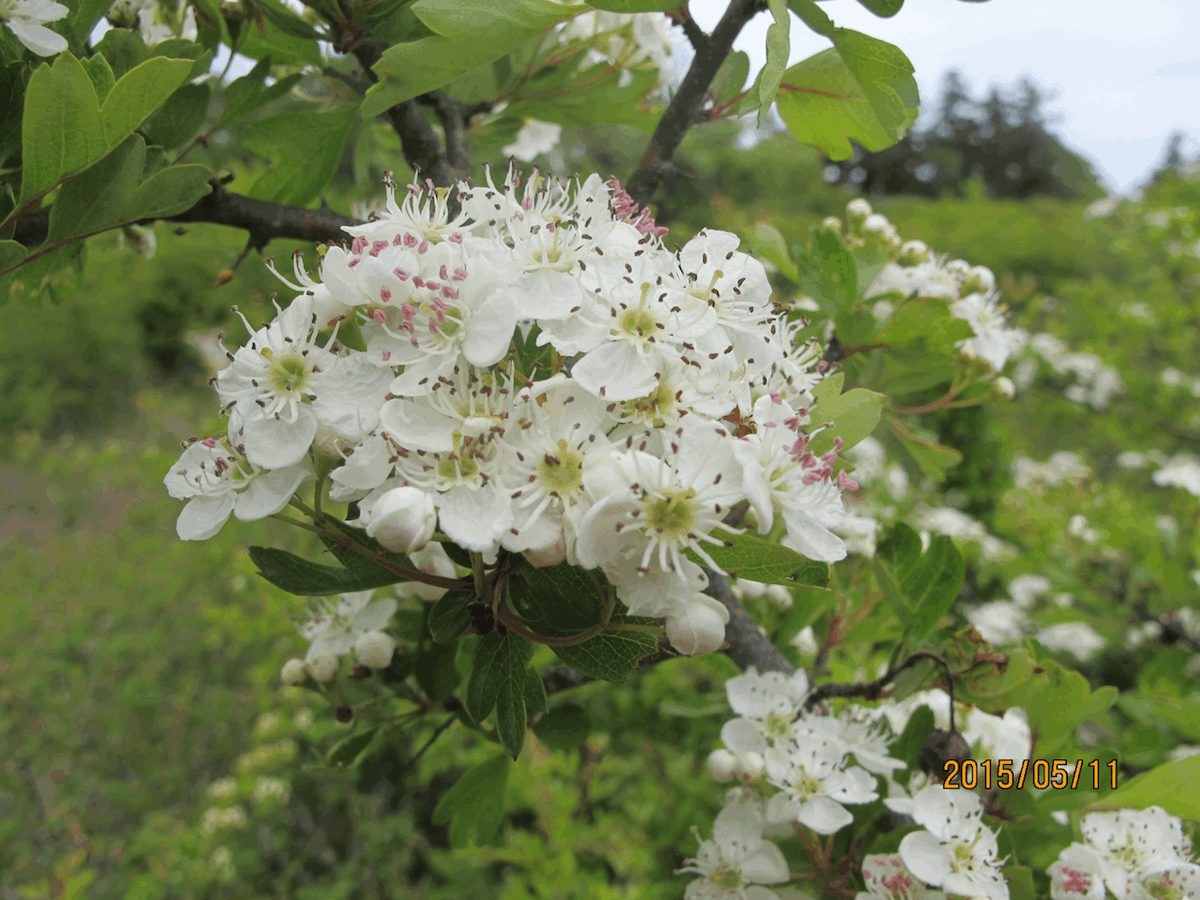English Hawthorn

English Hawthorn
(Crataegus monogyna)
Priority: - Established / Strategic Control
Tags: Terrestrial
Identification and Reproduction
Identification
- English hawthorn is a deciduous shrub or small tree.
- It grows up to ten metres tall, and is scaly and prickly.
- It has broad, alternately arranged leaves. They are ovate to triangular and three to seven lobed, appearing paw-like.
- New stems will appear reddish-brown and are often covered in thorns
- Its flowers have pink to white petals, and grow in clusters similar to cherry blossoms.
Reproduction
- It will produce berries after ten years, and these seeds can be spread by birds, animals, soil, and water.
- Berries will stay on the tree over the winter.
- This plant may also spread vegetatively.
Habitat & Ecology
- It prefers moist soil, such as woodlands, grasslands, and riparian areas.
- It is drought-tolerant and somewhat shade-tolerant.
Impacts
Social:
Once used to create hedgerows to contain livestock, it has now invaded pastures and grasslands.
Ecological:
- It is capable of hybridizing with the native hawthorn species, altering the gene pool.
- Also disrupts the native pollination cycle.
- It grows into thickets within forests, blocking animal movement and crowding out native plants.
- English hawthorn also may grow very "bushy" and will evidently shade out any lower ground vegetation.
Management
Mechanical/Manual Control:
- Since English hawthorn is covered in thorns, ensure you are wearing proper protective clothing and gloves.
- Removal is most effective when plants are immature and small. Avoid removing plants that bear fruit.
- Seedlings can be hand-pulled.
- Dig up roots and remove any cut fragments as these can resprout.
Chemical Control:
- After tree removal herbicide application to the cut stems may be effective.
Resources
Download the Garry Oak Ecosystem Recovery Team's handbook for English Hawthorn here.
King County is a good resource for English hawthorn identification and control measures. Note that this is a US resource, Canadian guidelines and regulations may differ. Be sure to read product and chemical instuctions prior to use.
View header photo here.




